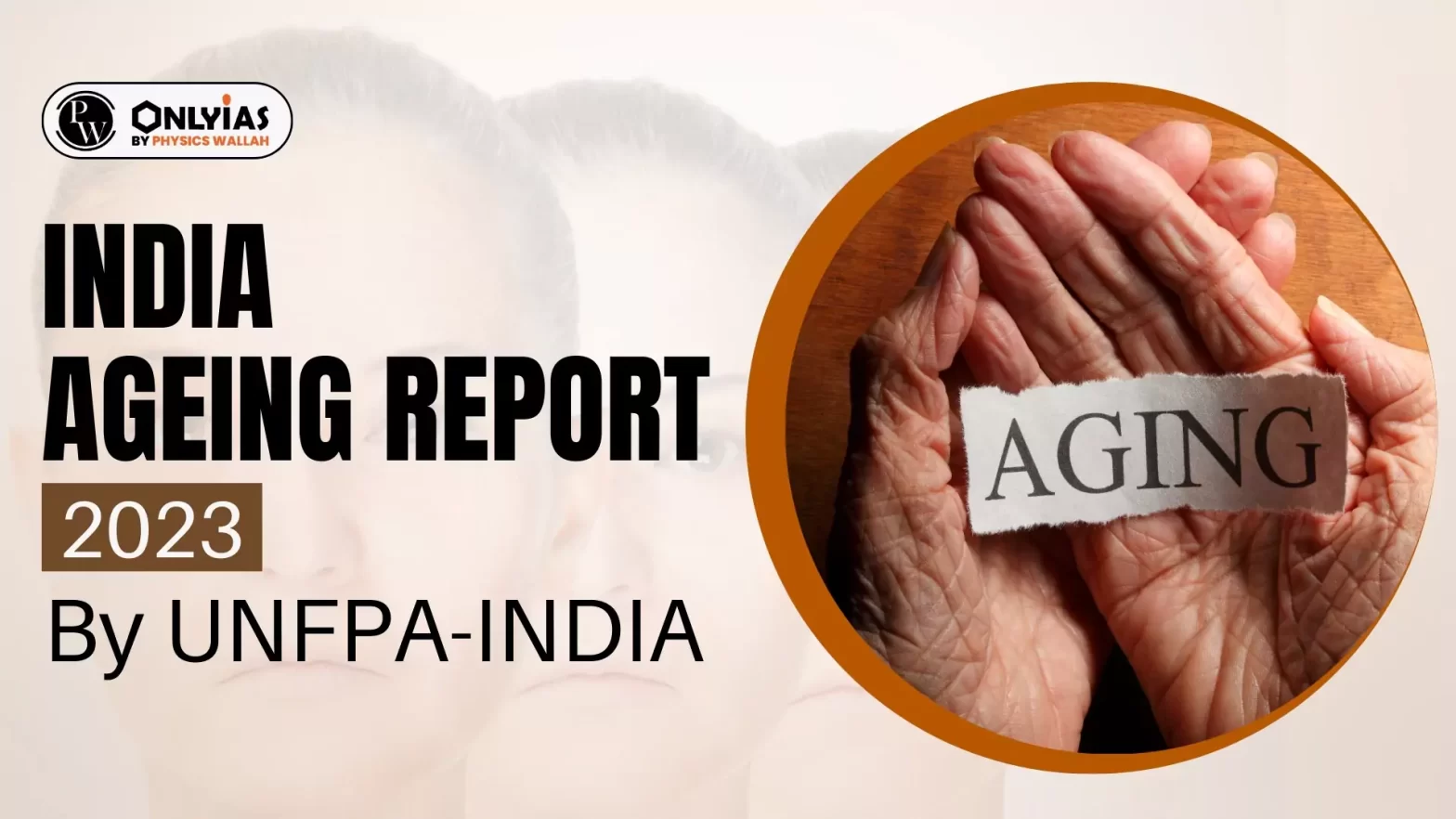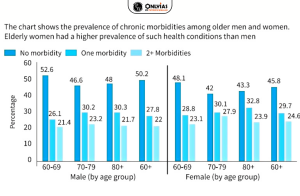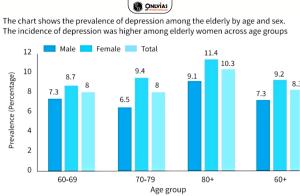![]() 6 Oct 2023
6 Oct 2023

| Relevancy for Prelims: UNFPA (United Nations Population Fund) India, India Ageing Report 2023, Atal Vayo Abhyuday Yojnaa, Rashtriya Vayoshri Yojana, Vayoshreshtha Sammans, and Indira Gandhi National Old Age Pension Scheme (IGNOAPS).
Relevancy for Mains: UNFPA-India and International Institute for Population Sciences (IIPS) released the India Ageing Report 2023, and legislations and schemes related to older persons in India. |
|---|
United Nations Population Fund(UNFPA)
Longitudinal Ageing Study in India (LASI):
|
|---|
 Four years before 2050, the population size of the elderly in India will be higher than the population size of children aged 0–14 years (Figure 2.3).
Four years before 2050, the population size of the elderly in India will be higher than the population size of children aged 0–14 years (Figure 2.3). 

Learn more about: National Social Assistance Programme (NSAP)
International Policy Frameworks on Ageing
|
|---|
| Attempt the PY Prelims Question
The idea of a ‘Welfare State’ in the Indian Constitution is enshrined in its (2015)
Ans: B |
|---|
| Attempt the Mains Question: The performance of welfare schemes that are implemented for vulnerable sections is not so effective due to the absence of their awareness and active involvement at all stages of the policy process. Discuss (GS Paper 2; UPSC Mains 2019) |
|---|
<div class="new-fform">
</div>